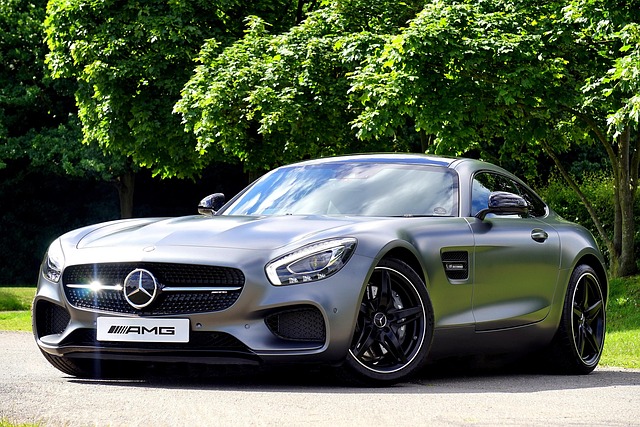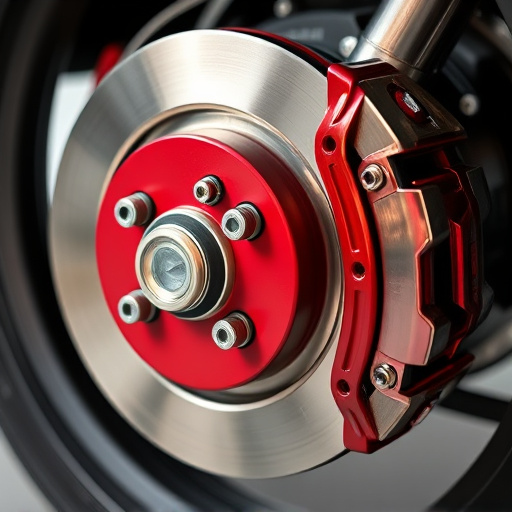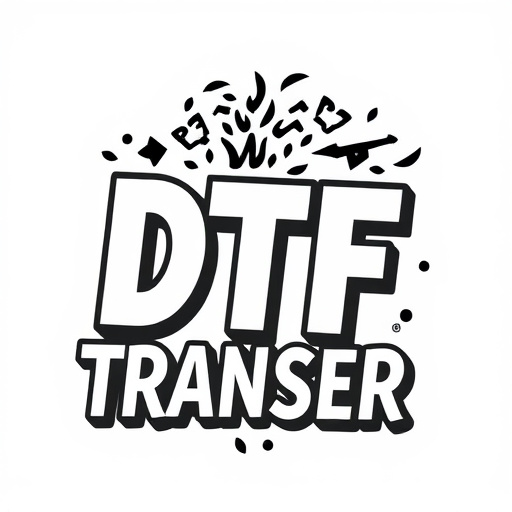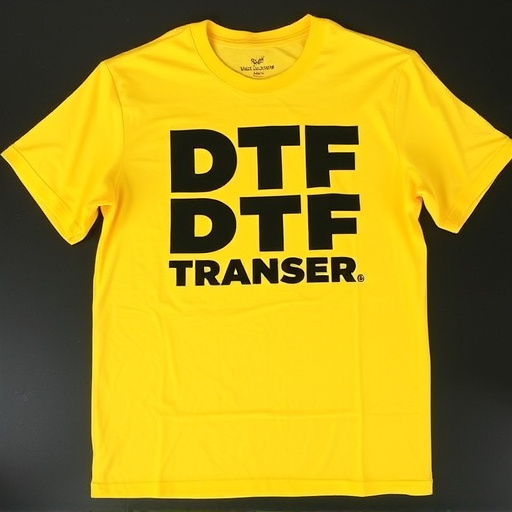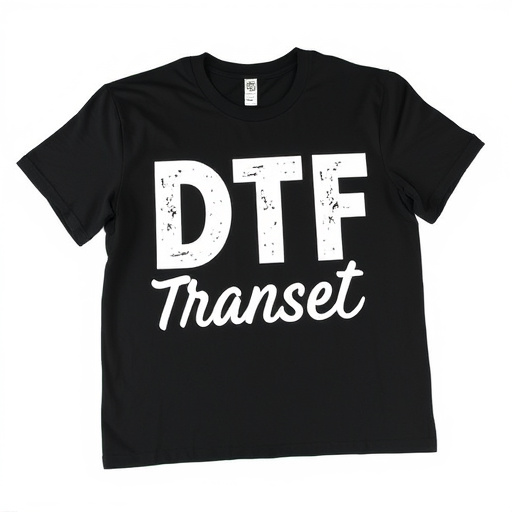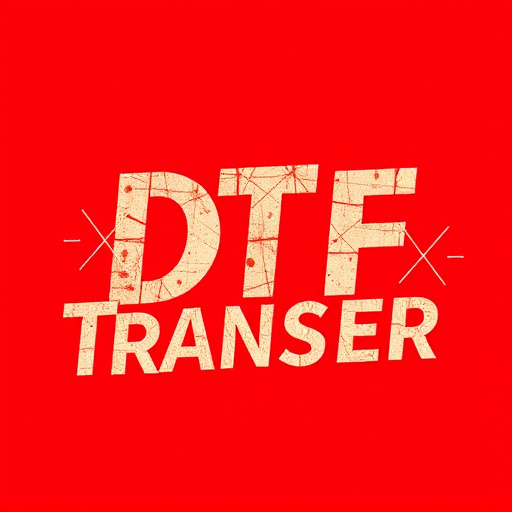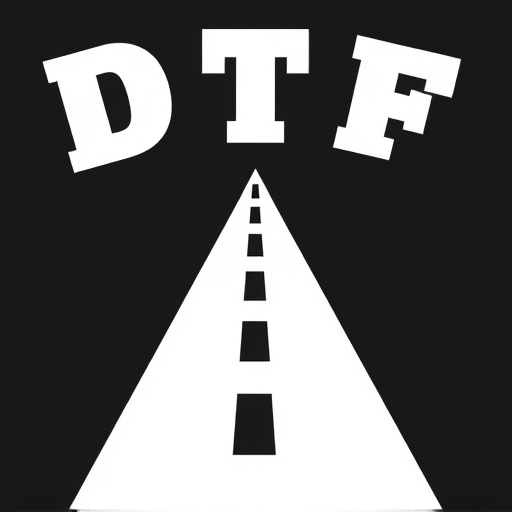Direct-to-film (DTF) printing is a revolutionary technology for producing high-quality graphics directly onto various materials, particularly in signage and displays, offering durability and vibrant colors. Unlike dye sublimation printing, which infuses dyes into substrates like polyester, DTF provides precise layer-by-layer ink deposition, excelling in high-contrast images. While dye sublimation ensures nuanced color accuracy, DTF is versatile for diverse media and short print runs, making it suitable for graphic design and custom apparel. Cost-wise, DTF printing is more accessible for smaller runs, while dye sublimation requires substantial upfront investments but delivers consistent quality for large-scale productions.
In the realm of printing technologies, Direct-to-Film (DTF) and dye sublimation stand out as distinct methods with unique advantages and applications. This article delves into the intricacies of these printing processes, offering a comprehensive guide for enthusiasts and professionals alike. From process overviews to color fidelity comparisons, durability concerns, and cost analyses, we explore how DTF Printing and dye sublimation cater to diverse needs in today’s market. Understanding these differences is key to selecting the optimal technology for your project.
- Understanding Direct-to-Film (DTF) Printing: A Process Overview
- The Basics of Dye Sublimation Printing
- Key Differences in Image Quality and Color Fidelity
- DTF vs. Dye Sublimation: Durability and Longevity Considerations
- Applications and Use Cases for Each Technology
- Cost Analysis: Comparing Production Expenses
Understanding Direct-to-Film (DTF) Printing: A Process Overview
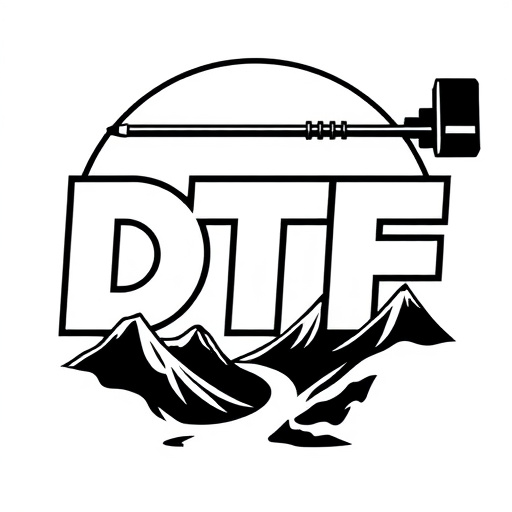
Direct-to-Film (DTF) printing is a cutting-edge technique that has revolutionized the way we reproduce images and graphics on various materials, especially in the signage and display industry. This process eliminates the need for traditional intermediate steps, such as printing onto paper or vinyl, and then transferring the design to the final medium. Instead, DTF printing directly applies ink to the desired surface, offering exceptional quality and versatility.
The technology involves a specialized printer that uses liquid inks to create a film with incredibly high resolution. This film is then carefully applied to the substrate, whether it’s a plastic sign, canvas, or even a curved surface. The print heads precisely deposit the ink, layer by layer, creating a vibrant and durable image. DTF Printing is renowned for its ability to produce rich colors, sharp details, and exceptional durability, making it a preferred method for outdoor advertising, trade shows, and other applications demanding long-lasting visuals.
The Basics of Dye Sublimation Printing
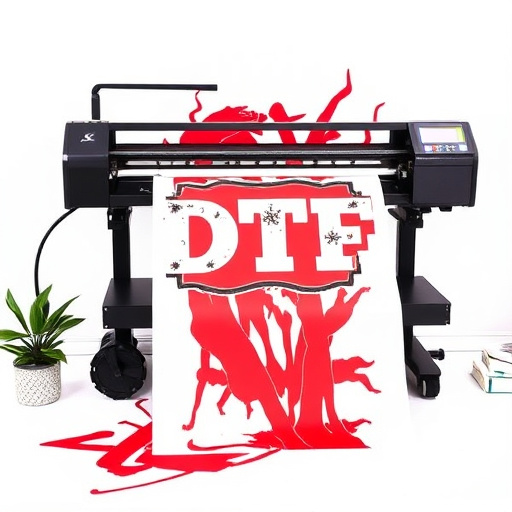
Dye sublimation printing is a digital imaging process that involves transferring dye onto a substrate, typically polyester or polypropylene, using heat and pressure. This method is widely recognized for its ability to produce vibrant, high-resolution prints with exceptional color accuracy. The process starts by applying a special ink, made up of tiny particles of solid dye, to the surface of the substrate. When heated, the dye particles transform into a gas, permeating the fibers of the material. As the substrate cools, the dye solidifies, creating an incredibly detailed and lasting image. This technique is particularly favored for photo printing, as it ensures photos look stunning and lifelike.
Direct-to-film (DTF) printing, on the other hand, is a different process entirely. It involves transferring printed images directly onto various materials like paper, vinyl, or fabric using heat and pressure. DTF Printing offers several advantages, such as fast production times and the ability to print on diverse media. However, it often falls short in terms of color vibrancy and detail compared to dye sublimation printing, making it less suitable for high-quality photo reproduction.
Key Differences in Image Quality and Color Fidelity
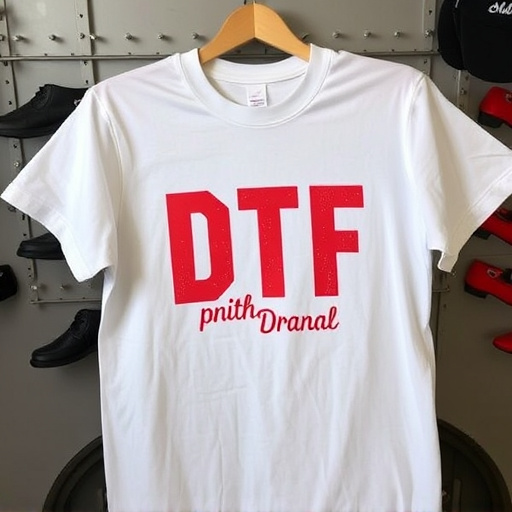
Direct-to-film (DTF) printing and dye sublimation printing are two distinct methods with notable differences in image quality and color fidelity. DTF Printing directly applies ink to the media’s surface, offering a wide range of print options on various materials. This process excels in producing sharp details and vibrant colors, especially on darker tones, making it ideal for high-contrast images and text. However, it may not achieve the same level of subtlety and gradient transition as dye sublimation.
On the other hand, dye sublimation printing involves infusing dyes into the substrate material, typically polyester or nylon. This technique is renowned for its exceptional color accuracy and ability to capture fine details, even in complex patterns. Dye sublimation provides a smoother transition between colors, resulting in more realistic representations of images with subtle hues and gradients. While DTF Printing offers versatility and vibrancy, dye sublimation takes the lead in terms of precision and nuance when it comes to color reproduction.
DTF vs. Dye Sublimation: Durability and Longevity Considerations

Direct-to-film (DTF) printing and dye sublimation are two distinct methods with different impacts on the durability and longevity of printed materials. DTF transfers involve applying ink directly onto a variety of surfaces, offering a robust finish that can withstand everyday use. The inks used in DTF Printing are designed to be durable and resistant to fading, chipping, or peeling, making printed items suitable for outdoor displays, promotional products, and even industrial applications.
On the other hand, dye sublimation involves infusing dyes into a substrate material, typically polyester, creating a vibrant, long-lasting image. This method ensures that the color penetrates the fibers of the material, resulting in exceptional durability and resistance to fading over time. Dye sublimation is particularly favored for high-quality printing on items like flags, banners, and custom clothing, where both aesthetics and longevity are paramount.
Applications and Use Cases for Each Technology
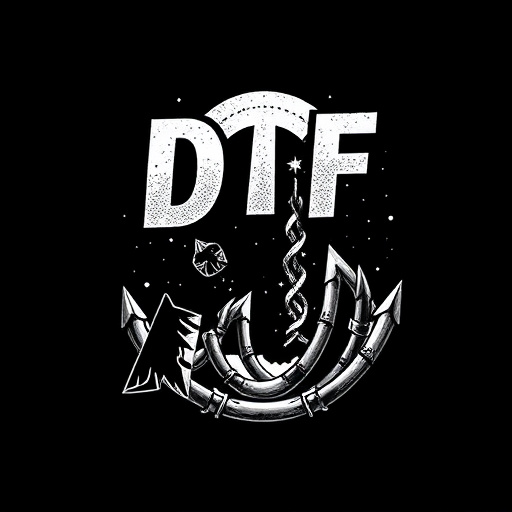
Direct-to-film (DTF) printing and dye sublimation printing are two distinct technologies with unique applications. DTF Printing is particularly suited for short-run, high-quality print jobs where precision and detail are paramount. It’s often used in industries like graphic design, art reproduction, and custom apparel, where small batches of items requiring intricate patterns and vivid colors are needed. This method directly prints onto various materials, including fabric, paper, and metal, making it versatile for diverse projects.
On the other hand, dye sublimation printing excels in large-scale production runs, delivering consistent quality across thousands of pieces. It’s commonly employed in signage, display printing, and promotional merchandise. This technology involves transferring dye into a solid state directly onto a substrate, resulting in vibrant, long-lasting images that are also moisture-resistant. Its ability to print on fabric, plastics, and metal makes it ideal for creating durable, high-impact marketing materials and branded items.
Cost Analysis: Comparing Production Expenses
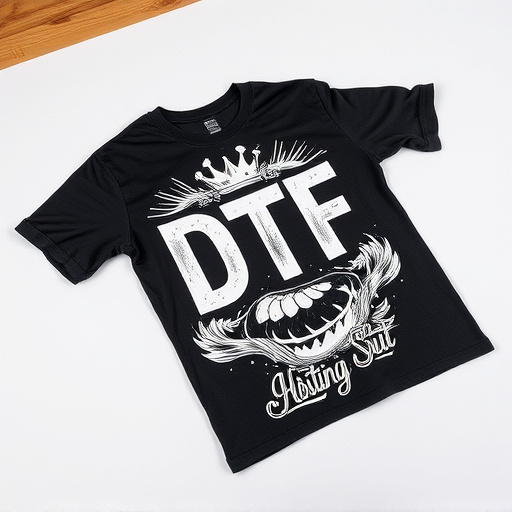
Direct-to-film (DTF) printing and dye sublimation printing are two distinct methods with different production costs, which significantly impact their overall pricing and accessibility. DTF Printing involves transferring ink directly onto a print medium, often film or paper, making it relatively straightforward and cost-effective for smaller runs. This process eliminates the need for complex machinery and specialized materials typically required in dye sublimation printing. As a result, DTF Printing is usually more affordable for businesses or individuals producing limited editions or custom prints.
In contrast, dye sublimation printing entails transferring dyes onto a solid surface through heat and pressure, creating vibrant and detailed images. This method demands specialized printers, inks, and substrates, driving up the initial investment costs. However, when considering long-term production expenses, dye sublimation can become more economical for high-volume orders due to its ability to produce consistently high-quality results with minimal waste. The choice between DTF Printing and dye sublimation printing ultimately hinges on production volume, desired print quality, and budget considerations.
